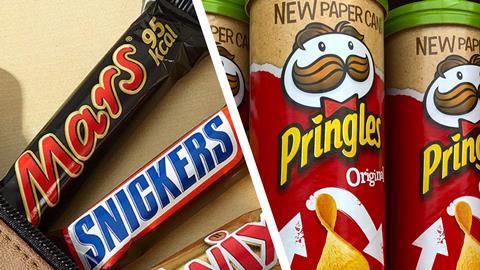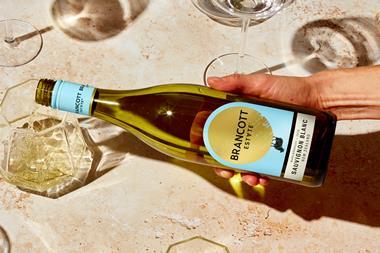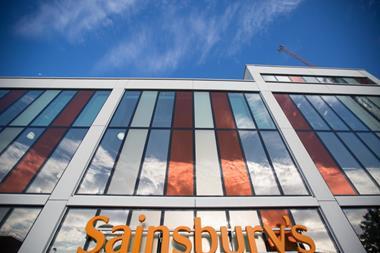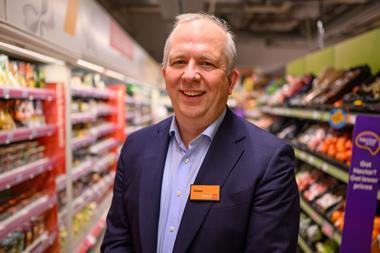
The food and beverage sector has faced intense scrutiny in the past few months, and various issues – from rising costs and shifting consumer preferences to regulatory challenges and supply chain issues – have been well documented. M&A activity, often a telling bellwether for a sector’s economic health, is increasingly relevant in this context.
As we near the end of 2024, M&A levels are picking up, albeit steadily. We are still some distance from the frenzied activity levels of 2021 and 2022, largely fuelled by artificially low interest rates. But after several years characterised by intense volatility in deal volume, there is a growing sense the market is starting to recalibrate.
What corporates want from deals
One notable trend this year is the prominence of corporate buyers in the M&A arena. According to market data, the three largest deals this year are: Carlsberg’s £3.3bn acquisition of Britvic, KDDI’s £8.8bn investment in the Lawson convenience store chain, and Mars’ £28.1bn purchase of Kellanova, all highlighting strategic moves to bolster market positions and meet evolving consumer demands.
Many corporates are coming off strong financial performances, bolstered by healthy cash flows and robust balance sheets. This stability allows them to pursue acquisitions that prioritise long-term efficiencies over short-term growth.
The most sought-after deals are those that enable geographic expansion or diversification of product lines, particularly in rapidly growing segments such as snacking, frozen foods, and world cuisines. By acquiring businesses that align with trends like healthier eating and sustainable sourcing, corporates can reinforce their market positions while capitalising on evolving consumer preferences.
In parallel, a wave of divestitures is sweeping through the industry as companies shed non-core assets, creating fertile ground for buyers eager to acquire businesses that would thrive under more focused ownership. These divestitures enable companies to streamline operations and redirect resources towards high-growth areas, further enhancing their strategic positioning.
While we are currently seeing comparably less private equity investment in the mid-market food and beverage sector, there are signs of activity among PE firms. A notable example is the recent acquisition of the Belgian ice cream business YSCO by Afendis Capital Management and Davidson Kempner. It illustrates that while overall investment may be subdued, strategic moves are still taking place in the sector.
What 2025 will hold
Looking ahead, let’s suppose inflation remains cool and interest rates stabilise. In that case, we can expect to see a continued resurgence in dealmaking –particularly from private equity, which has been patiently waiting for the right moment to re-enter the market.
Lower interest rates would make leveraged buyouts more attractive, and as inflation eases, investor confidence in profit sustainability will improve, unlocking more opportunities and levers for growth.
Continued interest is expected in snacking, plant-based alternatives, and frozen foods, all of which are seeing strong demand as consumers prioritise convenience and health. The ongoing shift towards sustainable and ethical sourcing will also drive deals as consumers increasingly demand transparency and environmental responsibility from brands.
While the European food and beverage sector is still finding its footing post-pandemic, a more stable and active M&A market is taking shape. Corporates continue to lead much of the activity, but as economic conditions improve, it’s likely only a matter of time before private equity reasserts itself in the market with renewed vigour.
For businesses and investors alike, the ability to remain agile, capitalise on synergies, and anticipate shifts in consumer behaviour will not just be advantageous but critical to staying competitive in an increasingly dynamic market. Those who adapt swiftly will lead the next wave of growth.



















No comments yet